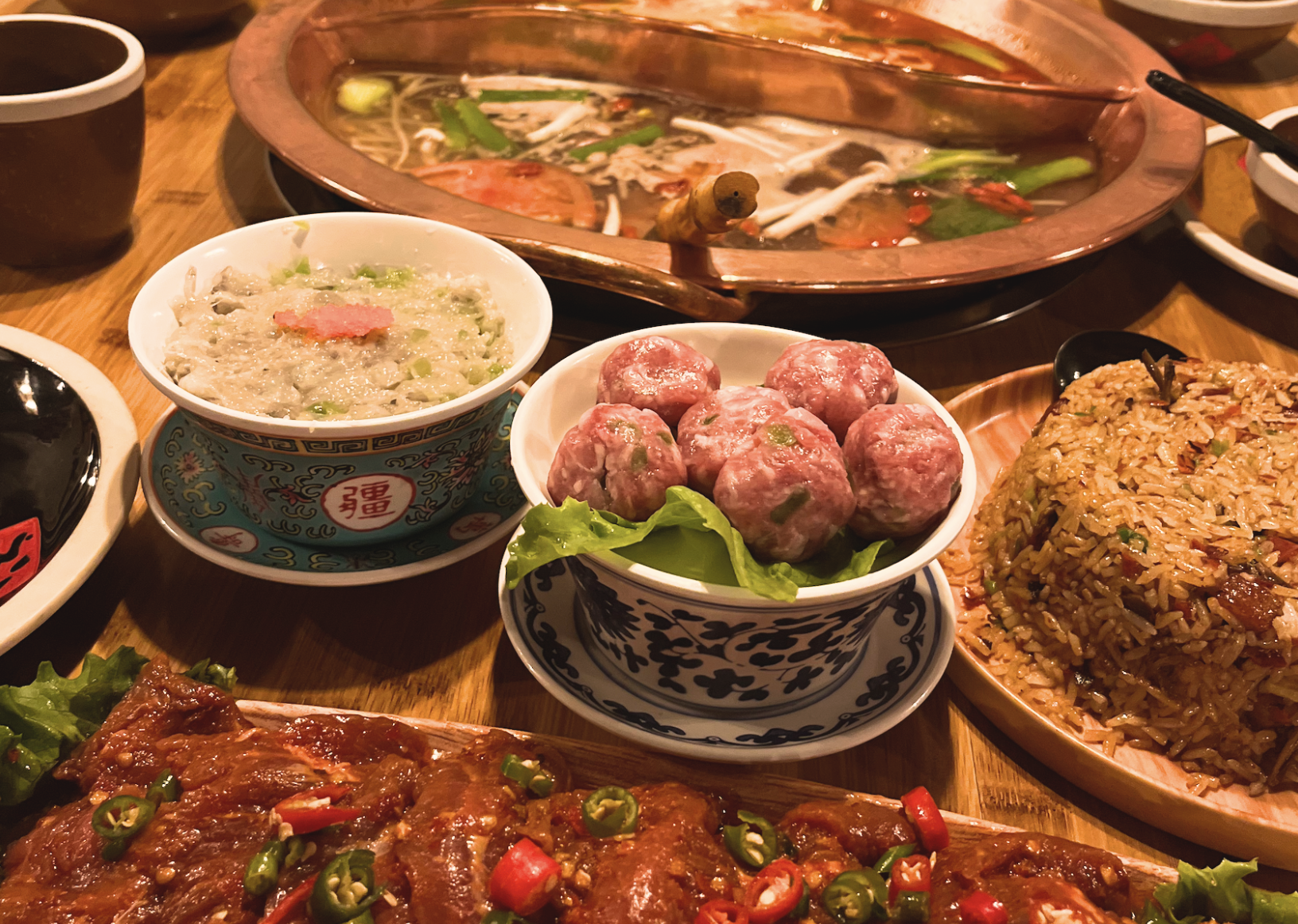Chinese wine isn’t often spoken about with excitement, generally assumed to be overpriced or deeply ‘meh’ in flavor. Overshadowed by other products like baijiu, wine in China usually ends up getting swigged back at wedding banquets rather than sipped and discussed.
China’s winemakers are now putting that reputation to the test, though, and producing some fantastic wines. In China’s most renowned wine region in Ningxia Hui autonomous region, along the Helan Mountains, I spent a few weeks capturing the harvest that just wrapped up for the year.

Some of Ningxia’s first vineyards were planted decades ago at the base of the Helan Mountains as a government initiative. Little else could be grown here, and for centuries, these were barren, hostile lands that marked the outer border of China. To this day, eroded parts of the Great Wall still run between the vineyards and the mountains. On the other side of the mountains are the even harsher desert conditions of Inner Mongolia and the beginning of a desert that stretches out towards Central Asia.

A wide variety of grapes have been grown in this region as winemakers explore and experiment with the region’s limits. From Marselan to Riesling, viticulturalists have been pushing to see what can thrive in the rocky desert.

Picking starts early to finish early; the mornings are chilly and misty, but within a couple of hours, the sun comes up, and the heat is brutal to work in.

I came across a few harvesting teams taking fireside breaks beside the vineyard, warming their hands and coats before heading back to work. This area is home to many Hui people, and many people in the fields are from this Muslim ethnic minority, even during Ramadan, which coincided with the vines budding this year.

Because of Ningxia’s sloped and sandy terrain, very few aspects of harvesting can be mechanized. This, coupled with the cold and dry winters that require vines to be buried, can make wine in the region very expensive.

As the Chinese government works to alleviate poverty, especially in areas like Ningxia, more infrastructure is being built, and aqueducts and reservoirs have started to expand the amount of greenery that lines the nearby Yellow River. With more vegetation, the climate has gotten more humid, leading to discussions amongst winemakers on how to use biodynamic practices to keep the soil dry enough to avoid mold and diseases. The added opportunity for agriculture, on the other hand, has resulted in more families growing sustenance crops like corn instead of grapes, giving them food security that wouldn’t be possible in this area before.

Ningxia is dedicated to wine. With the government pushing to triple the current coverage of vineyards and beginning construction on a Disneyland-like village promoting wine an hour south of Yinchuan city — the autonomous region’s capital. Aspiring winemakers have flocked to the area; this sorting table at Xige is lined by recent graduates from all over China, eager to get involved in the process after studying it at school.

Wine is also finding its place amongst young drinkers. Trendy wine bars have opened in Shanghai, pouring more than just imported wines and celebrating up-and-coming Chinese winemakers like Ian Dai of Xiaopu and Miao from Domain Des Aromes.

The question of terroir is often answered with a shrug in Ningxia. It’s too early to tell, but with dozens of new wineries opening, and plenty of fresh young winemakers eager to take new approaches, it’s no longer worth it to shrug off the region.

If you haven’t tried Chinese wine yet, you now have a reason to pick up a bottle!
All images courtesy of Graeme Kennedy















